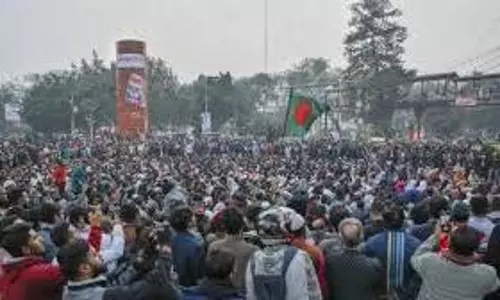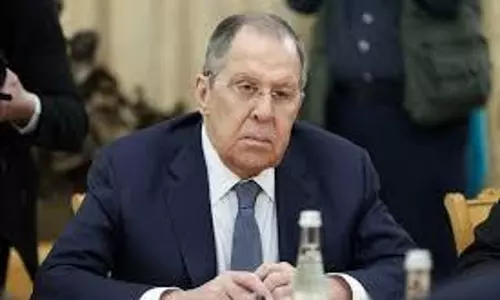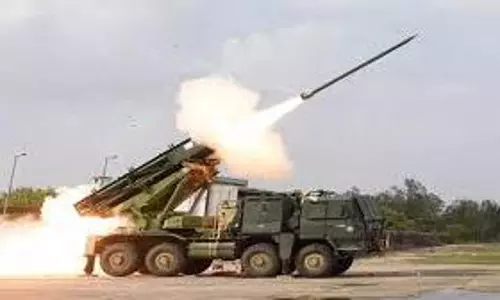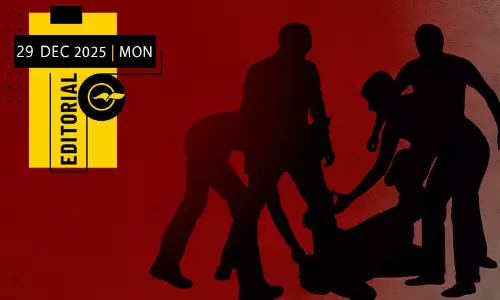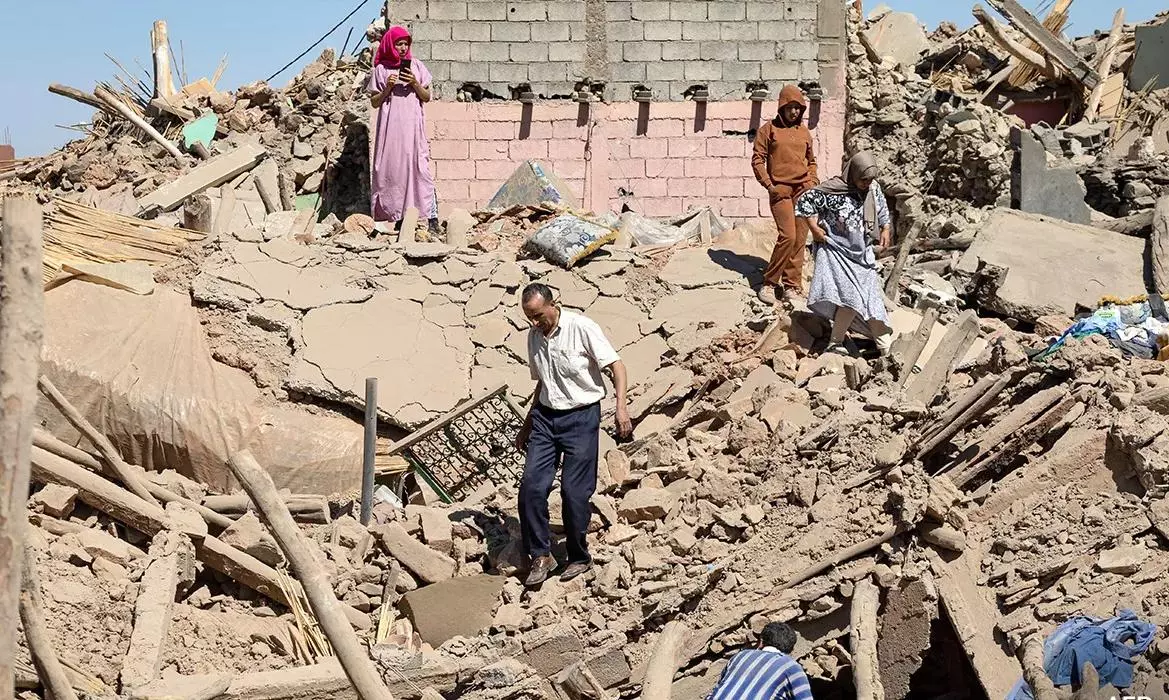
The earthquake disaster in Morocco
text_fieldsThe earthquake that struck the North African country of Morocco late Friday night has caused a catastrophic loss of life and related damage. At the time of writing this, nearly 2,680 people have been reported to have died, and about 2,800 people injured. Out of those, 1,600 people have been severely wounded. The death toll may rise further. In Marrakesh, Amizmiz and neighbouring places, where houses and other buildings were destroyed, people are in dire straits. Nearly 1, 350 people are estimated to have died in these two villages of Al Haouz province alone. This area, which is the epicentre of the earthquake with a magnitude of 6.8 on the Ritcher scale followed by aftershocks with a magnitude of 4.9, witnessed significant damage. Many famous historical monuments are under the ruins. Morocco is not a country with much of an earthquake history. According to Earth scientists, the colliding of a few tectonic plates in the northern part of the African continent might have been the cause of the seismic activity. The US Geological Survey says at least a hundred years have passed since such a severe earthquake struck the ancient city of Marrakesh region, which is also a favourite spot of tourists. In 1960, an earthquake with a lesser magnitude of 5.8 did strike the city of Agadir, claiming the lives of 12,000 people.Construction rules and practices have since been revised. However, none of the dwellings in the rural areas were capable of surviving such disasters.
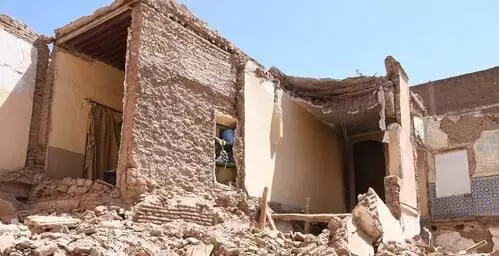 Also Read:Death toll reaches 2000; Morocco mourns earthquake victims
Also Read:Death toll reaches 2000; Morocco mourns earthquake victims
The real picture of the Moroccan earthquake is still emerging. The images and reports revealed by journalists and the rescue workers who managed to reach the crumbled terrains in the mountainous regions are heart-wrenching. The people were running for their lives as the houses collapsed one after another in the rugged terrain adjoining the Atlas Mountains. Due to the fear of aftershocks, a majority of people are hesitating to enter the remaining buildings and are spending their days and nights on the streets with whatever blankets they can lay their hands on. In the worst-hit areas, it is difficult to carry out rescue operations. The army, the armed police and the civil defence groups have been reaching the affected areas in military vehicles, as the terrain is rocky and unsuitable for normal vehicles to ply. This is likely to increase the intensity and scope of the disaster. Like any other country, Morocco is incapable of carrying out the rescue missions by itself. It has also taken some time for emergency foreign aid to arrive. As a phenomenon, in the case of natural disasters, even though the first few hours and days are crucial, it is also where the rescue aid arrives late. The situation was no different in Morocco. Despite offer of emergency and rescue assistance from several countries, the country has so far accepted assistance only from Spain, Britain, Qatar and UAE. The reason behind this is the concern that if all the aids are accepted together, it may face challenges in its coordination and distribution, which in turn, would be counterproductive.
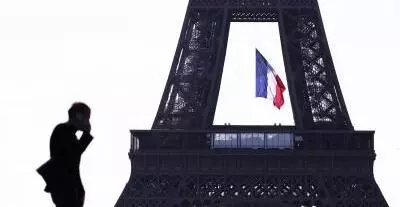 Also Read:Eiffel Tower pays tribute to Morocco quake victims; goes dark
Also Read:Eiffel Tower pays tribute to Morocco quake victims; goes dark
Spain immediately sent 56 rescuers from Zaragoza airport in an A-400 military plane and another 30 rescue workers and search dogs in another military plane that took off near Madrid. It is expected that other countries including the United States, that have offered help, would soon get into action. Even the neighbouring country of Algeria, which has strained ties with Morocco due to issues including border disputes, has come forward to help. According to the estimates by the International Committee of the Red Cross, the reconstruction would take not just weeks but months or even years. In this crucial situation, not only moral support and a helping hand of the international community are required, but also substantial financial assistance. The people of Morocco expect that this will all gradually happen. That effort is normally done through international organizations. UN Secretary-General Antonio Guterres has pointed out the gravity of this matter in his condolence message. Along with the messages of solace, what the people of Morocco, hit by the devastating natural calamity, need now, is life-saving technological assistance and the availability of facilities for medical care, shelter, rehabilitation and food services. One can expect that the international community will rise to the occasion to come together in an effort to revive the country and its people who are reeling from the tragedy.




